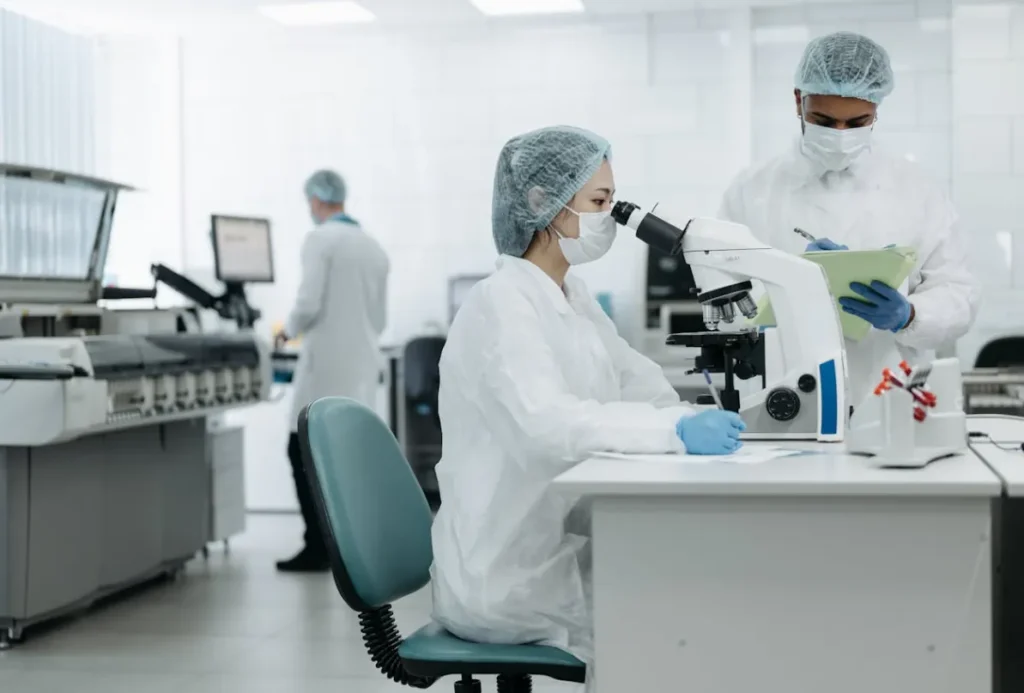Leading current regenerative medicine is stem cell treatment, which provides a glimpse of a day when damaged tissues and organs may be spontaneously healed and regenerated. Imagine a therapy employing cells that have the extraordinary ability to develop into different specialized forms, therefore leveraging the body’s innate power for healing itself. This innovative technique is not only a band-aid for symptoms; it is a complete plan meant to solve the underlying causes of many disorders ranging from traumatic injuries to degenerative illnesses.
Contents
Foundations of Stem Cell Biology
You start your path by exploring the heart of stem cell biology, where the fundamental characteristics revealingly unique nature of these cells are exposed. Stem cells are special in that they possess two important capacities: differentiation and self-renewal. Whereas differentiation lets these cells change into specialized cell types like neurons, muscle cells, or blood cells, self-renewal lets these cells grow without losing their undifferentiated nature. The foundation of regenerative medicine is this dual potential as it offers the building blocks for healing and replacement of damaged tissues resulting from illness or injury. With their different potentials and ethical issues influencing their uses in clinical settings, you see in this basic landscape how embryonic, adult, and induced pluripotent stem cells each fulfill unique functions.
Clinical Applications
Examining the therapeutic uses of stem cell treatment, you find an amazing path from bench research to bedside influence. Early-stage laboratory findings have evolved into advanced clinical studies in which patients’ potential for stem cell tissue regeneration is under intensive testing. These medicines have already demonstrated encouraging effects in several spheres of medicine. In cardiology, for example, stem cell injections are being utilized to restore heart tissue injured by a heart attack, therefore enhancing cardiac function and lowering the demand for intrusive operations. In orthopedics, stem cells are being used to rebuild cartilage and bone, therefore giving individuals with crippling joint diseases fresh hope. The several uses of these indicate the adaptability of stem cell treatment, which meets the particular requirements of every tissue type.
Pioneering Technologies
As you investigate stem cell therapy, you quickly find a world in which innovative technologies are improving the safety and efficacy of these treatments. Modern technologies like CRISp-Cas9 gene editing are also improving stem cell therapy accuracy concurrently. By means of CRISPR, researchers may fix genetic flaws at the cellular level before their usage for therapy, therefore improving their functioning and lowering possible danger. Furthermore, developments in 3D bioprinting enable scientists to produce ordered tissues and even organs from stem cells, therefore opening the path for regenerative therapies able to replace damaged body parts with completely functional biological constructions. Seeing these technologies in use makes one realize how not only are treatment results being improved, but also the boundaries of what is medically possible are being opened.
Overcoming Hurdles
A deeper exploration of stem cell treatment reveals the major obstacles researchers and doctors must overcome in order to introduce these treatments front and center in contemporary medicine. Any medical treatment comes first, and stem cell therapy teaches you that great efforts are underway to guarantee that these treatments do not have unanticipated effects such as immune rejection or tumor development. Rigorous preclinical research and regulated clinical trials are meant to carefully track how transplanted cells behave over time, thereby guaranteeing that they harmonically fit your body’s natural systems. Overcoming these safety issues mostly depends on the establishment of uniform protocols and strict quality control procedures, additionally, ongoing studies exploring how to repair white matter in the brain play a crucial role in developing advanced therapies that could further enhance the effectiveness of such treatments.
Emerging Horizons
Looking ahead, the new developments that help to revolutionize stem cell treatment and, thus, contemporary medicine thrill you. To extend the field of regenerative medicine, researchers are continuously stretching the boundaries of what is feasible, investigating fresh uses, and honing current methods. The creation of universal donor cells able to be employed in a variety of patients without inducing immunological rejection is one fascinating field of research. This might greatly improve the availability and effectiveness of stem cell therapies, therefore enabling more people from all backgrounds to be able to benefit from them.
Conclusion
When you consider the long trip throughout the field of stem cell treatment, you find yourself at the brink of a paradigm change in contemporary medicine. Driven by constant research and a common aim of recovering health from the inside, the profession is changing at an unheard-of speed. You are now a part of a movement that questions accepted medical wisdom and gives hope for disorders formerly thought to be untreatable.
